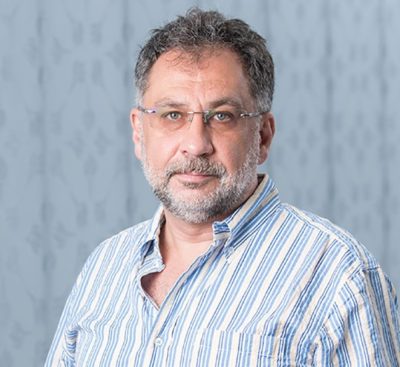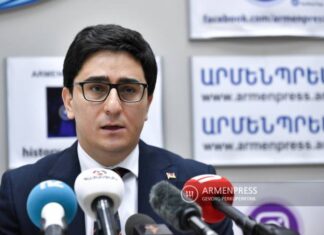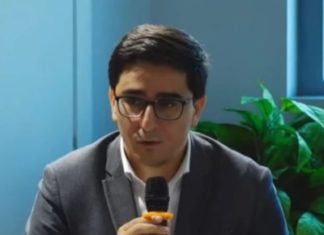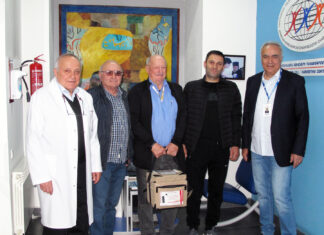By Avo Piroyan
Special to the Mirror-Spectator
The Armenian diaspora today is a modern phenomenon dating back not much more than 100 years. The first wave of emigration goes back to the Armenian Genocide of 1915 and the second wave followed the collapse of the Soviet Union in 1991.
At times, it can feel as though the diaspora will be a constant feature of Armenian society abroad. However, should the current status quo continue, the vast majority in the Armenian diaspora will assimilate and disappear within a few generations, according to sociologist Prof. Georgi Derluguian.
Derluguian is a professor of Social Research and Public Policy at New York University (Abu Dhabi affiliate). He has authored multiple books and dozens of scholarly articles and contributions on social history. His first-hand study of the Soviet Union’s collapse culminated in the award-winning monograph, Bourdieu’s Secret Admirer in the Caucasus (University of Chicago Press, 2005). He previously taught at Northwestern University, Sciences Po and Université de Bordeaux in France, as well as Tallinn Technological University in Estonia and Kiev State University in Ukraine.
The current status quo is, of course, not an unchangeable factor and the future of the diaspora is not a foregone conclusion.










